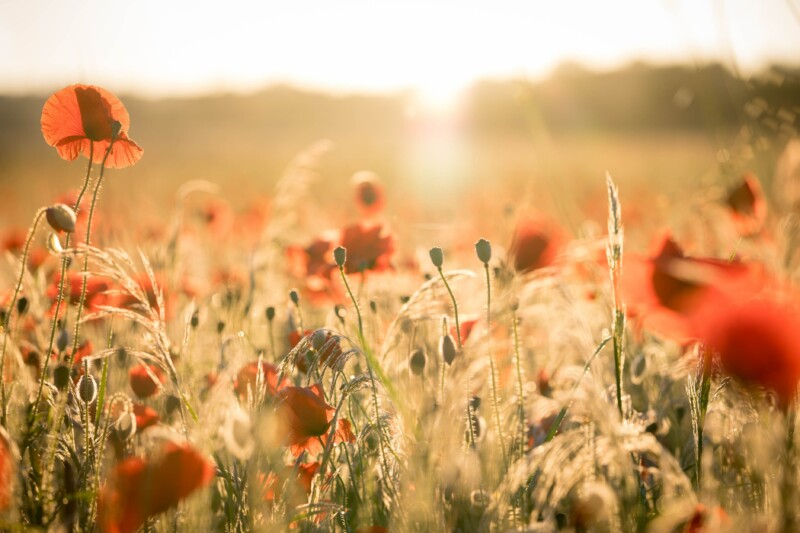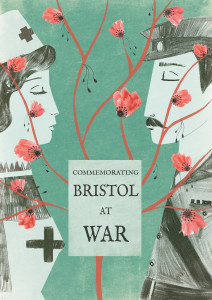‘Dread Fascination’ Artists and War

Share this
Artists who draw upon conflict as a subject have to achieve an often uncomfortable balance between objective fact and subjective comment. They must be both witness and warning. They must also live with the awkward realisation that conflict sharpens their creative instincts. Wilfred Owen, probably the most articulate purveyor of the pity of war, returned to the Front not just to be with his men, but because he understood that the dreadfulness of war fuelled his imagination, honing his poetic sensibilities as nothing else could.
Not far away, the Canadian polemicist and painter Wyndham Lewis had equally taut feelings about the unforeseen appeal of war. Agog at the scale of the ‘unseen orchestra’ that pounded away in his artillery lines, Lewis surveyed the awful majesty and ‘sinister expectancy’ of the Front and, with typical bravado, ‘plunged into the romance of battle’:
If your mind is of a romantic cast, there’s nothing for it, I am afraid. The likelihood that you will get your head blown off cannot weigh with you for a moment. You must not miss a war, if one is going! You cannot afford to miss that experience.
It may now seem a curious proposition, at odds with our accumulated view of that appalling war, but – rather incredibly – that same sense of wonder, awe and fascination was shared by others in the trenches.
A brilliant thinker and writer, Lewis tinges the term ‘romantic’ with his usual sense of droll irony, but in the same breath he also felt that ‘a care for truth compels me to use it.’ Like many painters, writers and poets of the time, he understood ‘romanticism’ as an accumulation of sensations: the violent sounds of the 11 inch guns with their dramatic flames and their interminable, monotonous percussion; the desolate lunar panoramas of the Salient which he imagined were like the first glimpses of the Pacific ‘as seen by the earliest circumnavigators’, and many other things that could not be seen, which lurked in its darkest shadows, or could only be felt.
‘The truth is’, he asserted, ‘… it is not what you see, at all, that makes an event romantic for you, but what you feel. And in war, as you might expect, you feel with considerable intensity.’ Lewis refused to believe he himself was a romantic, nor did he like war, and he apologised for having to admit that the conflict, even on the Western Front, had an ‘exceedingly romantic character’. But he saw that it suited those of a subjective inclination: ‘you have not lived if you have not been present at a battle, of that I can assure you.’
Such attitudes may seem at odds with the image of Lewis as hard-edged Modernist, the self-proclaimed abstractionist, the advocate of a rational order. But such responses would have been very familiar to the Romantic philosophers and poets of the 18th century who understood the intensity aroused by contradictory stimuli and the enjoyment felt when dangers ‘tauten our fibres’. It was an aesthetic that underpinned the Romantic temperament, inciting those who sought the ‘darkest and most imperfect parts’ of the map to find gut-wrenching and awe-inspiring experience, who deliberately savoured danger, and revelled in ‘sublime’ experience.
All well and good one might say for an 18th century poet like Coleridge dangling from an Alpine ledge, while up to one of his typical ‘mountain mischiefs’. But what would he have made of modern warfare? Although many poets and writers had stood on grimy and corpse-laden battlefields in the bloody cockpits of Europe, they could never have known that 20th century war was more pervasive and more penetrating in its reach than it had been a century earlier.
The greatest articulator of ‘The Sublime’, Edmund Burke, had qualified his peroration on the power of terror-tinged experience by adding that if danger or pain pressed too closely ‘they are incapable of giving any delight, and are simply terrible’.
Lewis appreciated this too, recognising that although the romantic impact of modern war was intensified by the ‘orchestral accompaniment’ of heavy artillery, personal experience told him that these same guns – the ‘startlingly romantic accessories’ – could plough up the ground till it looked like nothing on earth. In under an hour they could transform a smart little township into a ‘romantic’ ruin; artillery fire could cause irreversible shell shock and inflict spectacular wounds. Being hit by a bullet, warned Lewis, ‘even a dum-dum’, was nothing when compared with the impact on flesh of a red-hot iron shell splinter.
On modern battlefields men literally disappeared, reduced in a moment to little more than a puff of putrid air. Some might regard war as romantic, it might even have moments of sublime transcendence, but these could only be witnessed, appreciated and recorded (the essential trinity for any Official War Artist) at a safe distance and only when protected by half a metre of compact sandbags or several centimetres of armour-plated metal.
Such comforts can rarely be guaranteed on any Front Line. To stare into the negative sublime of the battleground was indeed the prerogative of ‘a very dangerous type of spectator’.
Notes
Many of the citations made in this short essay are drawn from Paul Gough, A Terrible Beauty: British Artists in the First World War (Bristol, 2010) which has chapters dedicated to such artists as Muirhead Bone, Paul Nash, Richard Nevinson, and Wyndham Lewis. The official war art schemes in Britain and the British Empire are covered in Meirion Harries and Susie Harries, The War Artists, (London 1983) which is an essential text, and Sue Malvern’s book Modern Art, Britain and the Great War: Witnessing, Testimony and Remembrance (Yale 2004).
Part of this essay was first published in part of a catalogue essay for Kingsley Baird’s exhibition in New Zealand: Serve: a new recipe for sacrifice, 2010

